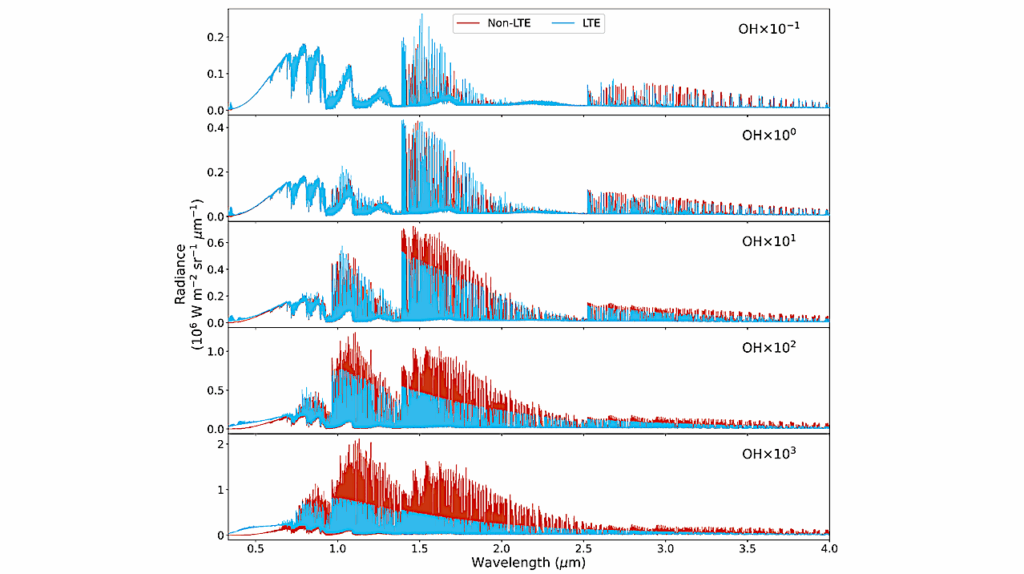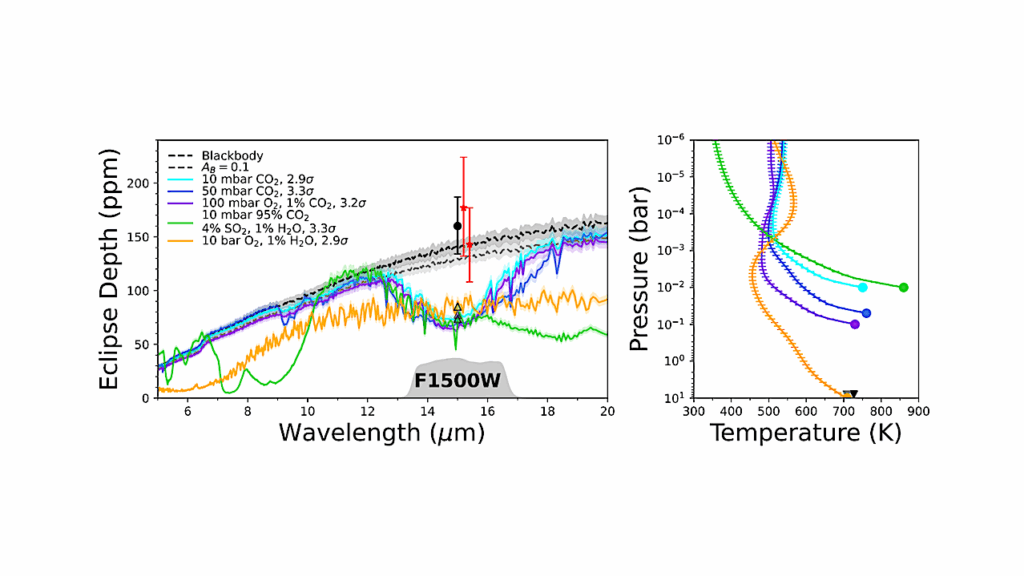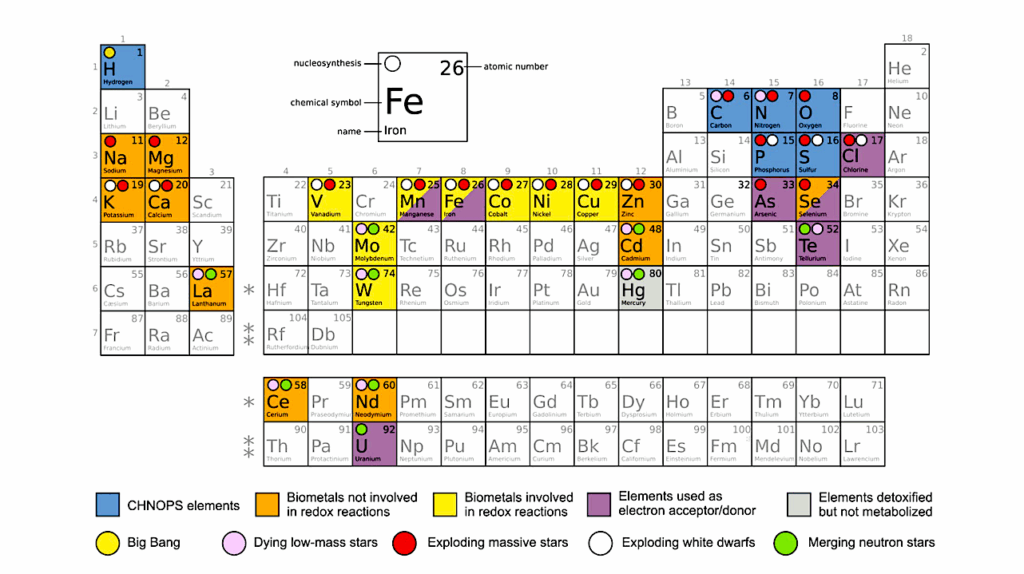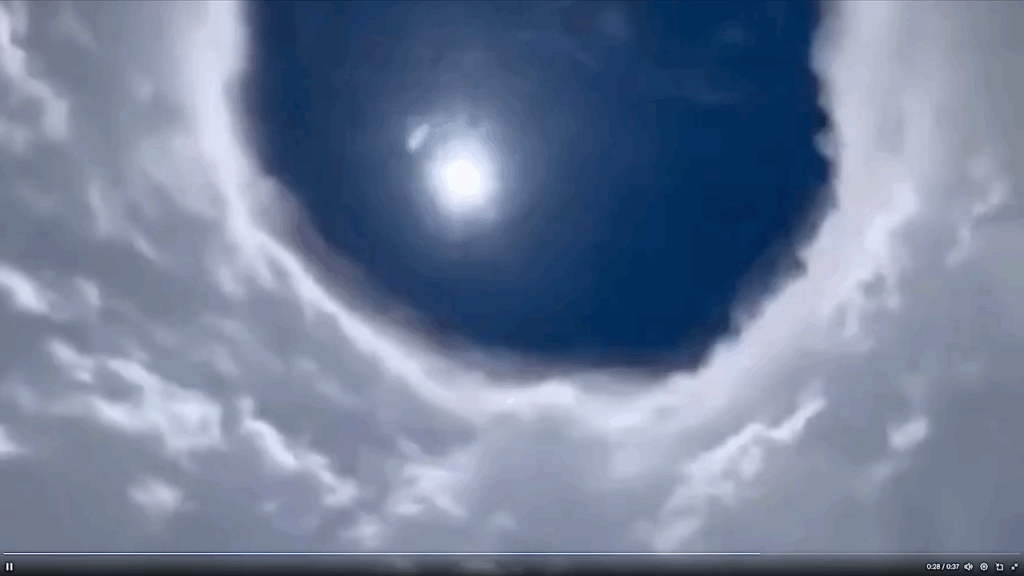Desert Storm Dust Transport Of Bacteria (Implications For Arrakis and Mars)

How do living bacteria survive on the surface of dust particles carried by desert storms from the Sahara and Egypt to Israel?
As a follow-up to a previous study in which they showed that species of Firmicutes, including Bacillus, are active players in dust storms, Dr. Naama Lang-Yona’s lab in the Technion Faculty of Civil and Environmental Engineering conducted a joint study with Dr. Ilana Kolodkin-Gal’s research group at the Scojen Institute for Synthetic Biology at Reichman University and discovered that these bacteria can form microscopic biofilms over dust particles. These protective structures shield the bacteria from desiccation, extreme radiation, and severe nutrient scarcity during their atmospheric journey.
The research, published in Communications Earth and Environment (part of the Nature portfolio), contributes to the growing field of atmospheric microbiology. This discipline explores the survival and activity of microorganisms while in the atmosphere, sometimes over thousands of kilometers, and their impact on global cycles, ecosystems, and human health. These processes significantly impact disease patterns, atmospheric CO₂ levels, plant diseases, and even antibiotic resistance dispersal.
“Characterizing metabolically active, living bacterial communities is reshaping our understanding of microbiome-environment interactions,” explained Dr. Lang-Yona. “Our research suggests that the air we breathe contains entire bacterial communities from distant regions, bringing innovative traits that can integrate into local ecosystems, and potentially affect humans.”
In this study, the researchers successfully isolated and cultured bacteria brought in by dust storms under atmospheric conditions, focusing on beneficial Bacillus strains known for their positive applications in agriculture, construction, and medical probiotics.
The team believes that natural selection during dust storms favors more innovative bacterial strains – a phenomenon that could potentially enhance their practical applications. This study also expands the traditional soil microbiome concept to include airborne microbial communities, broadening the known repertoire of survival strategies among these remarkable organisms.
Bacillus biofilm formation and niche adaptation shape long-distance transported dust microbial community, Nature Communications Earth & Environment (open access)
Astrobiology,








